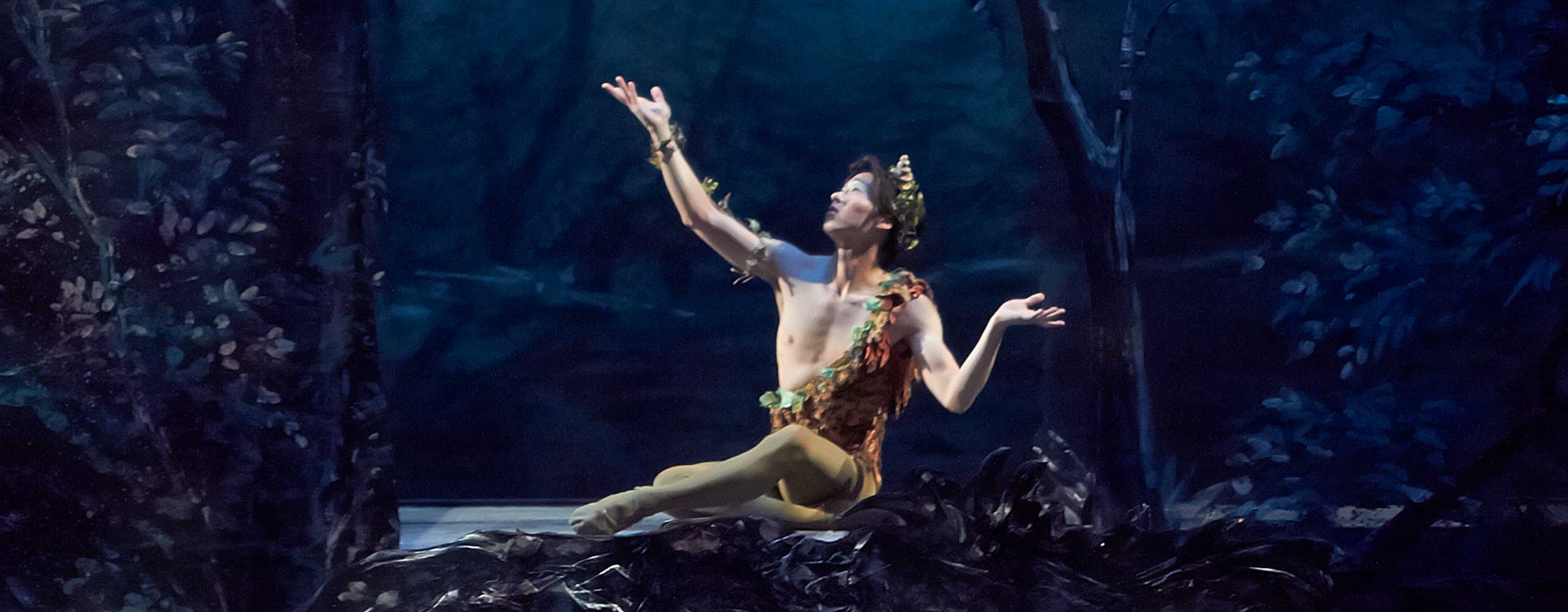
Choreography: William Whitener
Music: Mendelssohn
It is believed the original play was commissioned especially for a wedding celebration of an aristocratic couple around 1595. Despite the title, the action lies in springtime, beginning close to May Day; though set in and near Athens, it is purely English in character. The mortals in the play are like those whom Shakespeare encountered in ordinary life.
At age 17 Felix Mendelssohn saw a performance of A Midsummer Night’s Dream in Berlin and promptly went home to read the story. Young Felix was so impressed by it that he composed the overture music as a piano duet for family performance. Mendelssohn’s music clearly paints the images and moods of this Shakespeare masterpiece-truly representative of every phase of the play. The incidental music was written later, at age 34, at the request of the King of Prussia, who was planning a production of the Shakespeare comedy. At that time it was common for good theatre companies to employ live orchestra to provide music for scene changes, entractes and pantomime.
Four long chords in the woodwinds and horns introduce us to the realm of Oberon and Titania, king and queen of fairies. In the raucous dance of the clowns, Mendelssohn includes a melodic pattern that suggests the “hee-haw” of a donkey (in the story, Puck puts an ass’s head on Bottom the Weaver). The Scherzo introduces Act III in the original story. Scherzo, in Italian, means “joke” and is displayed by the composer with much humor and impishness (like Puck). A lovely French horn solo in Nocturne portrays a beauty and serenity of the forest.
Ballet Premiere: Midland Theatre, Kansas City, Missouri
